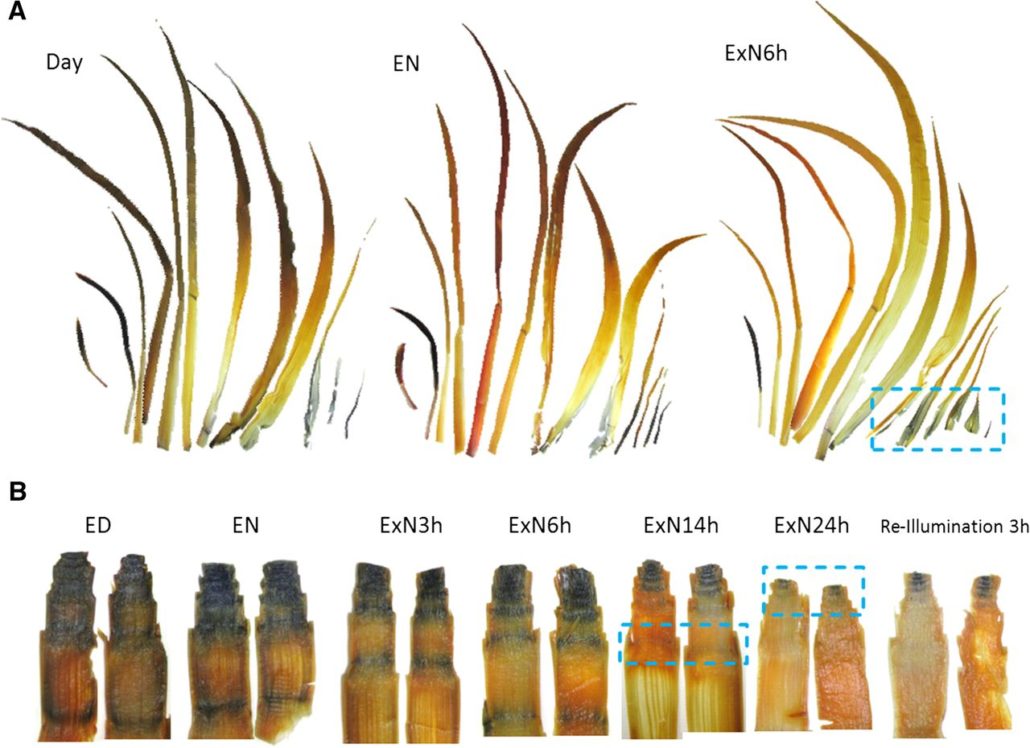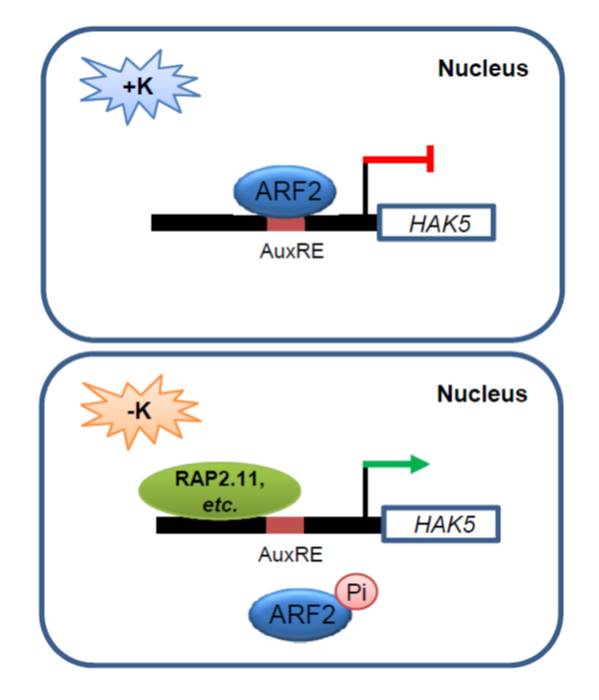
UV-B perceived by the UVR8 photoreceptor inhibits plant thermomorphogenesis
0 Comments
/
Ambient temperature can influence plant architecture, an effect termed thermomorphogenesis. In A. thaliana, thermomorphogenesis phenotypes include stem elongation and changes in leaf elevation angles. Increased auxin biosynthesis involving the transcription factor PIF4 is required for thermomorphogenesis,…

Epigenetic regulation of sex determination in polyploid persimmon
Although most flowering plants produce flowers with male and female parts, there are exceptions which are broadly classified as dioecious (two houses; each individual is male or female, usually associated with the presence of a sex chromosome) and monoecious (one house, separate male and female flowers…

A PNAS trio: DNA methylation and small RNAs in plant reproduction
Three PNAS papers explore DNA methylation and/or small RNAs in plant reproductive development. In angiosperms, sexual reproduction is accompanied by DNA demethylation in certain tissues, particularly those that have a nutritive or supporting role. Park et al. (10.1073/pnas.1619047114) show that in…

Photosynthetic machinery protection induced by UV-B in Chlamydomonas
Light is good, too much light is bad. Photosynthetic organisms can dissipate excess light through a variety of means including non-photochemical quenching. Czechowski et al. show that in Chlamydomonas perception of UV-B light via the nuclear/cytosolic receptor UVR8 induces accumulation of proteins that…

Review: Competence to flower
The transition between vegetative and reproductive stages in the plant life cycle implies a change in the developmental program of the shoot apical meristem to stop developing leaves and start developing floral buds. The factors that allow this transition to happen are many and the underlying mechanisms…

Best of 2016: Top Topics in The Plant Cell journal
We’ve highlighted some of the Plant Cell papers that were widely shared, liked, blogged, retweeted and otherwise garnered high-levels of attention this year. Perhaps you can use some holiday-season quiet time to catch up on those you missed.
Reviews and Perspectives
Creating order from chaos: epigenome…

The Power of Plasticity in Polyploid Persimmon
IN BRIEF by Jennifer Lockhart jlockhart@aspb.org
Most plants are hermaphrodites, producing perfect flowers with both male and female functions. In roughly 6% of plants, however, male (usually XY) plants produce only male flowers and female (XX) plants produce only female flowers. These dioecious plants…

Best of 2016: Top Topics in Plant Physiology jounal
We’ve highlighted some of the Plant Physiology papers that were widely shared, liked, blogged, retweeted and otherwise garnered high-levels of attention this year. Perhaps you can use some of that holiday-season quiet time to catch up on those you missed.
The breakaway attention-getter from Plant…

Transcriptional repression of K+ uptake by ARF2
HAK5 is a high-affinity potassium transporter that is transcriptionally repressed in high K+ conditions. Zhao et al. identified hormone-related cis-elements in the HAK5 promoter. They screened mutants deficient in transcription factors associated with these cis-elements and found that arf2 mutants show…

